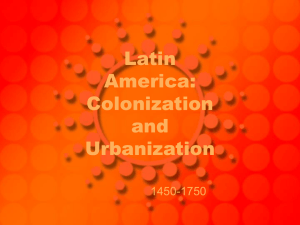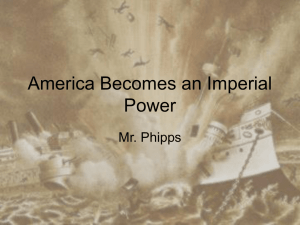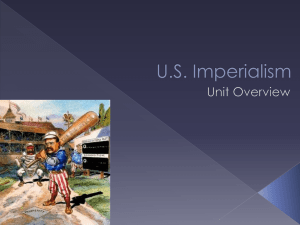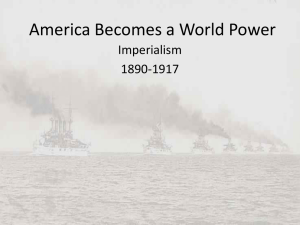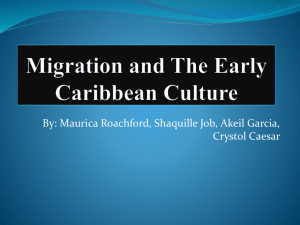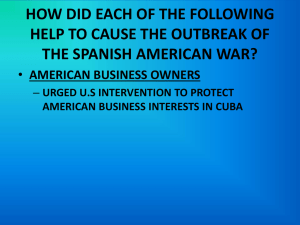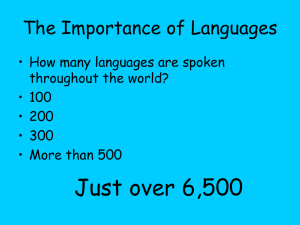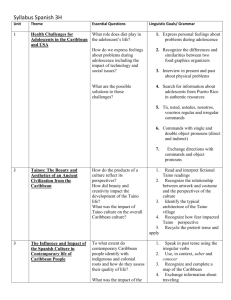Spanish settlement in the Caribbean
advertisement
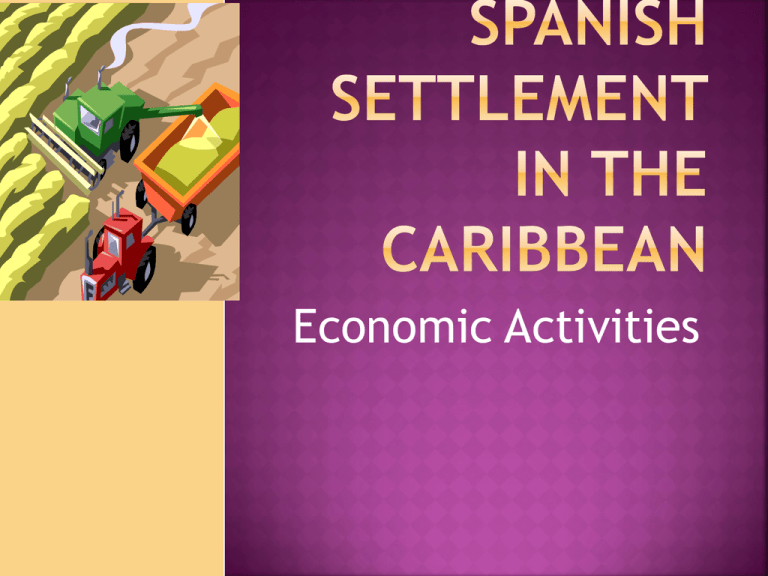
Economic Activities Definitions Spanish Colonies Mining Industry Tobacco Industry African Labour Cuba Sugar EconomicOf or related to an economy, the system of production and management of material wealth. Using the minimum of time or resources necessary for effectiveness. Economic ActivityIncludes mining(gold & silver), Sugar production, Mercantilism, convoy system, Casa de Contracion (trading), Crops, Labour (Indians and Africans), Asiento, Mule train Natural resources Cuba-1511 Puerto Rico- 1508 Jamaica- 1509 Hispaniola- 1496 Countries involved: Jamaica, Hispaniola, Puerto Rico and Cuba Controlled by the Crown and Spanish Crown Only applied to gold and silver Copper mines were exploited by colonist in the following colonies: Cuba, Jamaica, Hispaniola and Puerto Rico in the 16th century This was the same in Spanish settlers had to register their mines with Colonial authority and had to apply Royal smelters for tax assessment Settlers had to pay a portion of gold mined to the Crown Eric Williams estimated that in 1503 the total royal income from the indies was over 5 million ducats. Tobacco was grown in Cuba, St.Kitts, Barbados Spanish grew tobacco for export to Europe Tobacco smoking became popular The Spanish Caribbean economy had a variety of industries that needed a substantial amount of labour. The sugar plantations and mines generally employed large numbers of women, children and men. Indigenous Tainos could no longer meet these labour demands, so the church suggested that enslaved Africans should be imported. Enslaved Africans were already in the Spanish society, so this system would easily be extended to the Caribbean. The Spanish were the first to introduce slaves to the Caribbean. Cuba changed from an under populated, underdeveloped settlement of small towns, cattle ranches and tobacco farms to a community of large sugar and coffee plantations. Spanish planters of the W.I. attempted to trade a supply of negro slaves, but were given to understand that they could not lawfully do so, hereby grants license to Spanish subjects in America to purchase from (Caribee Islands andJamaica supplies of negro slaves…” (Augier and Gordon 44). Trade was predominant within Spanish colonies as capt. Nathaniel Uring states “ We lay at this place trading… in which time Spanish merchants at Panama… they came over the Isthmus to trade with us. (52) The asiento (or license to trade) was granted to traders to prohibit illicit trading by the Spanish. Augier,E.R,Gordon,S.C. (1962) Sources of West Indian History, Longman Caribbean; Trinidad. Shepherd,V ,Beckles,H. (2000) Caribbean Slavery in the Atlantic World, Ian Randle Publishers Limited; Jamaica. Beckles, H, Shepherd, V.A.(2004) Liberties Lost- Societies and Slave Systems, Cambridge University Press; New York.


